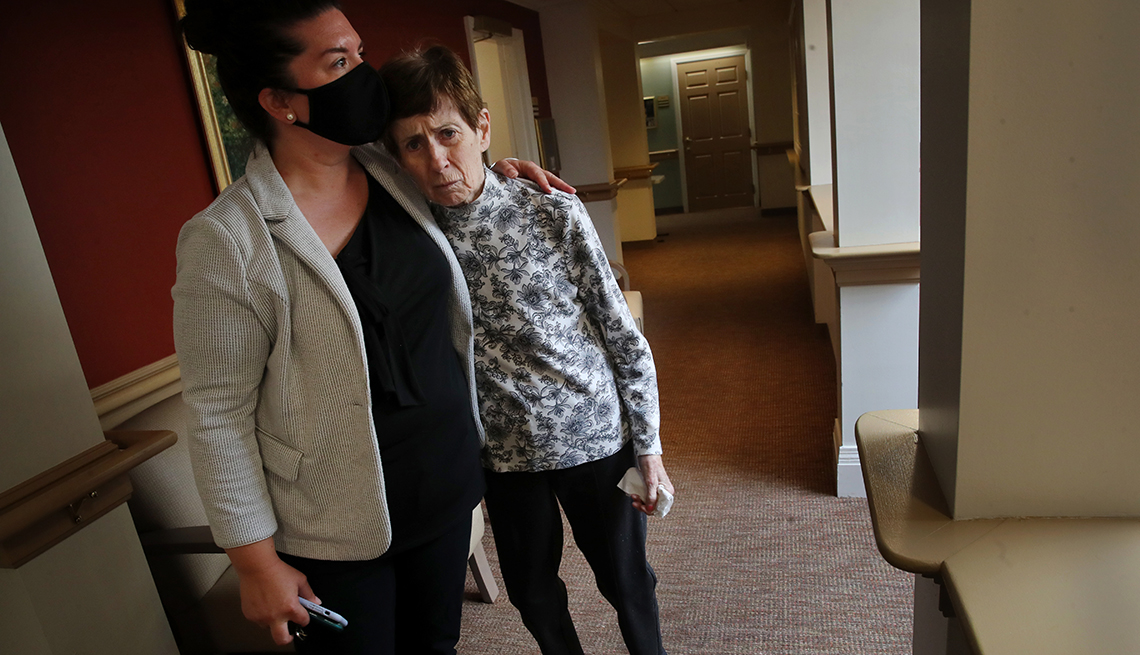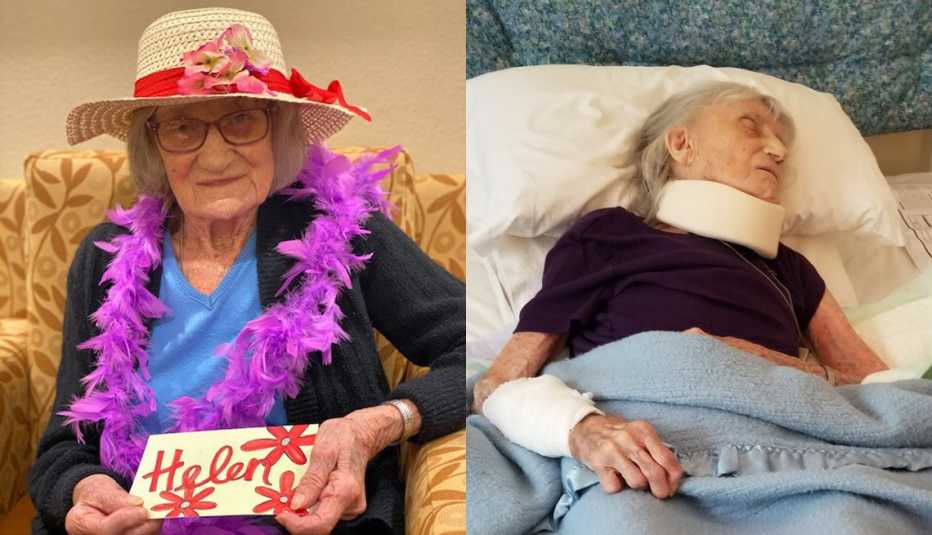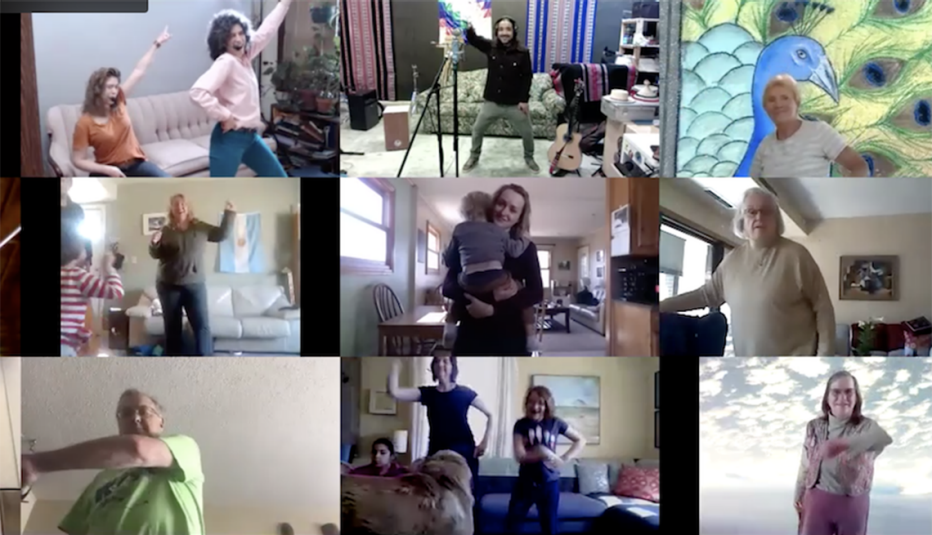Staying Fit
The story of COVID-19's tragic toll in America's nursing homes is well known. While they're home to less than 1 percent of the U.S. population, the facilities are responsible for more than a quarter of the country's coronavirus deaths, 55,000 so far, according to government data. What's more, experts say this is an undercount.
But what is not nearly so well understood is the coronavirus’s impact on U.S. assisted living facilities, which, like nursing homes, are filled with older adults who are at increased risk for the disease, living in relatively close quarters. Assisted living cases and deaths do factor into the devastating tallies of COVID-19 casualties in long-term care residences broadly – one says deaths from nursing homes, assisted living, adult care centers and other long-term care facilities together account for around 40 percent of U.S. coronavirus deaths, or some 80,000 victims. But the share of deaths specifically in assisted living is unclear.


AARP Membership— $12 for your first year when you sign up for Automatic Renewal
Get instant access to members-only products and hundreds of discounts, a free second membership, and a subscription to AARP the Magazine.
Yet a recent analysis by the Kaiser Family Foundation found that assisted living facilities — home to 800,000 Americans — saw a “significant increase” in COVID-19 cases and deaths among residents and staff between June and August. Cases surged by 66 percent; deaths by 59 percent. Among staff there was a staggering 156 percent rise in cases.
Alarming as those figures are, what's also telling is the lack of data nationwide informing the analysis. As of August, only 19 states were publicly identifying COVID-19 cases or deaths specific to assisted living. “As a result, it is difficult to know the extent to which residents and staff at assisted living facilities have been affected by COVID-19 or the extent to which interventions are urgently needed,” the analysis said.
Many in the industry say the shortage of data tracks with a bigger problem — namely, assisted living residences have been largely overlooked in the country's coronavirus-relief efforts, even though their population is highly vulnerable.
"We're forgotten, in a sense,” says Dwayne J. Clark, founder and CEO of Aegis Living, which operates 32 assisted living and memory-care communities throughout Washington, California and Nevada. Thus far during the pandemic, Aegis has recorded 99 resident infections, 121 staff infections and 21 COVID-19 deaths among its 5,000 residents and staff.
"Not many people understand the level of care that assisted living provides in our country,” he says. “We're caring for high-acuity people, just like nursing homes.”
Elaine Ryan, vice president for state advocacy and strategy integration at AARP, says assisted living has “almost been third tier in terms of focus during this pandemic.”
"Ninety-nine percent of the focus early in the pandemic was on hospitals; nursing homes were second tier for things like [personal protective equipment] or any kind of staff support,” she says. “As the months wore on, more focus was put on nursing homes, which were particularly vulnerable. But there wasn't that same focus on assisted living residents.”





































































